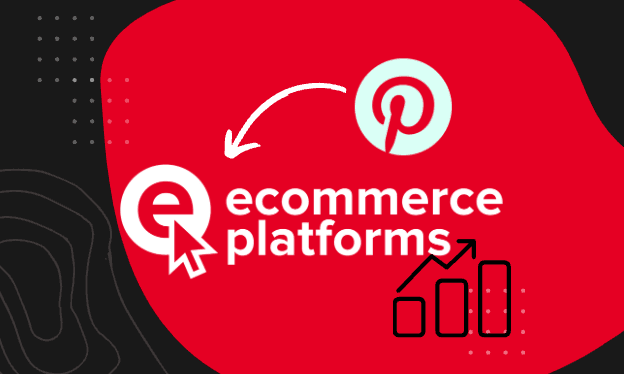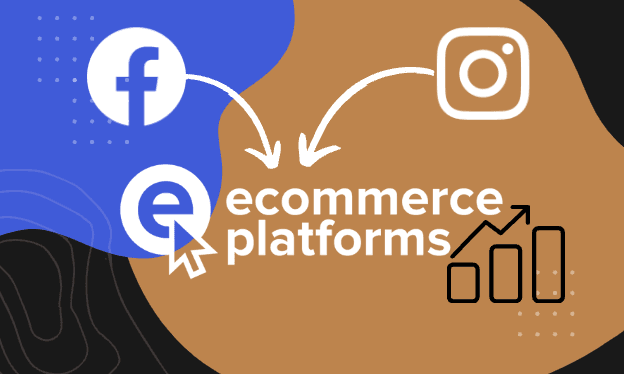Growth‑Engine Insights:
Web Development, CRO & Marketing

Why Core Web Vitals are important?
Core Web Vitals are the performance pulse‑check that boosts user experience and lifts your search rankings—aim for LCP ≤ 2.5 s, FID ≤ 100 ms, and CLS ≤ 0.1. Run PageSpeed Insights, fix the gaps, and turn speed into a competitive SEO advantage.
Mastering E-Commerce Marketing in 2025: Proven Strategies, Common Pitfalls, and How to Win Online
Master the e‑commerce basics: blast out email campaigns, dominate SEO, stay active on social, run retargeting ads, and showcase glowing reviews—while never skimping on mobile optimization, video, stellar support, or sleek site design. Test every channel (email, SEO, socials, influencers, paid ads) to discover the winning mix that drives sales and loyalty.
Key E-commerce Marketing Trends to Watch in 2023
2023 e‑commerce marketing hinges on hyper‑personalized experiences—interactive content, micro‑influencers, social commerce, voice search, AR/VR, subscriptions, and tight security—powered by AI and machine‑learning across social platforms. Choose the trends that fit your brand and turn them into revenue‑boosting wins.
Unlocking E-commerce Success: How to Harness the Power of Pinterest for Your Brand
Pinterest acts as a visual search engine that lets e‑commerce brands tap a highly engaged audience—use a business account, optimize your profile and boards, pin eye‑catching images, and leverage Rich Pins and Pinterest Ads—to drive traffic and boost sales.
Mastering Facebook and Instagram for E-Commerce: Strategies to Boost Sales, Build Brand Awareness, and Drive Conversions
Facebook and Instagram give e‑commerce brands massive, precisely targetable audiences—use eye‑catching visuals, Instagram Shopping/Facebook Shop, influencer stories, and robust analytics to boost engagement, reach, and conversions.